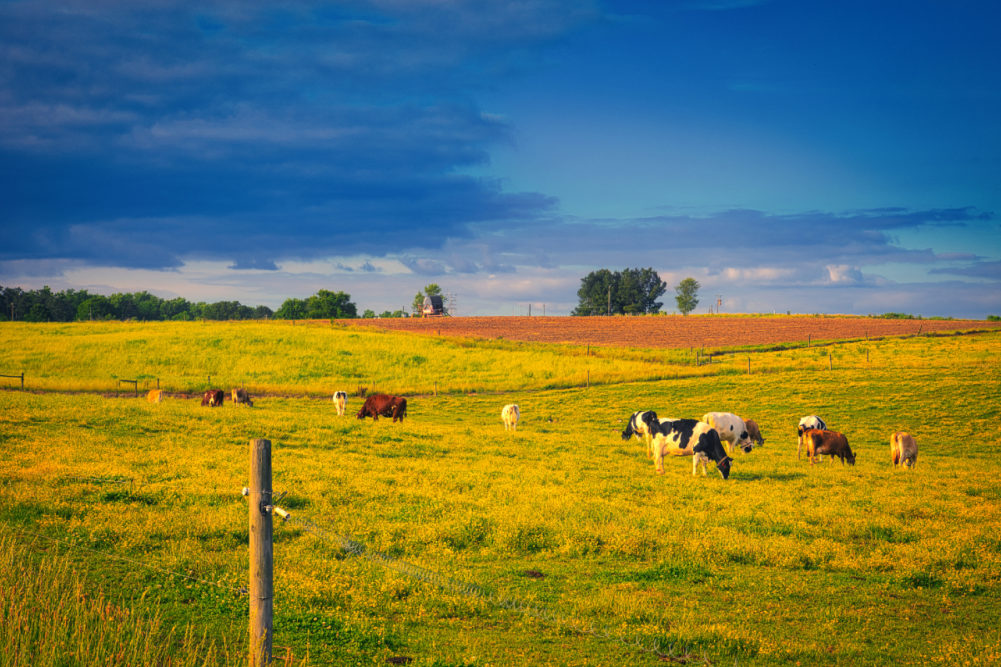RALEIGH, NC — The National Veterinary Services Laboratory (NVSL) detected highly pathogenic avian influenza (HPAI) in a dairy herd in North Carolina on April 10.
“This is an evolving situation, and we are waiting for more diagnostics from NVSL and will work collaboratively with our federal partners and dairy farmers in North Carolina,” said Steve Troxler, North Carolina commissioner of agriculture. “We have spent years developing methods to handle HPAI in poultry, but this is new, and we are working with our state and federal partners to develop protocols to handle this situation. It is important to note the FDA has no concern about the safety or availability of pasteurized milk products nationwide.”
The disease, which the American Association of Bovine Practitioners is referring to as Bovine Influenza A Virus (BIAV), has also been found in dairy cattle in Texas, Kansas, Michigan, Idaho, New Mexico and Ohio. Movement of cattle from affected herds in these states to North Carolina has been suspended.
HPAI began to surface in dairy herds in late March, first appearing in Texas and Kansas.
According to the US Department of Agriculture’s Animal and Plant Health Inspection Service (APHIS), the disease likely originally spread from wild migratory birds. The agency noted that additional outbreaks among dairy cattle have indicated that transmission of the virus between cattle cannot be ruled out.
During a media update on April 8, the National Pork Producers Council (NPPC) spoke to farmers’ concerns of the transmission of HPAI from US poultry to dairy cows.
“Obviously, it’s something that’s on our radar, but we don’t feel like it’s a huge threat to our industry by any stretch of the imagination,” said Scott Hays, NPPC’s immediate past president and producer from Missouri.
Bill Bullard, chief executive officer of R-CALF, also responded to the situation in his weekly address.
“What we know is that HPAI has evolved,” he said. “It’s moved to different species, and it’s showing different symptoms in different animals. The dairy cattle form of the disease has not been reported in beef cattle, and yet the beef cattle market has panicked, and American cattle ranchers are experiencing reduced prices for their cattle.”

